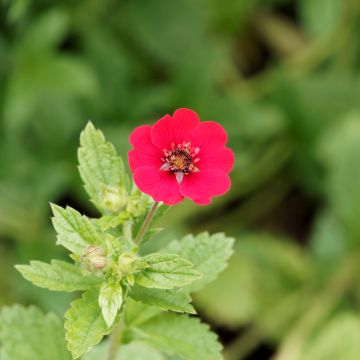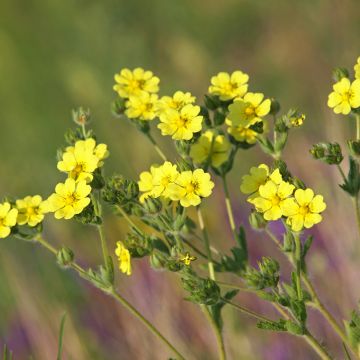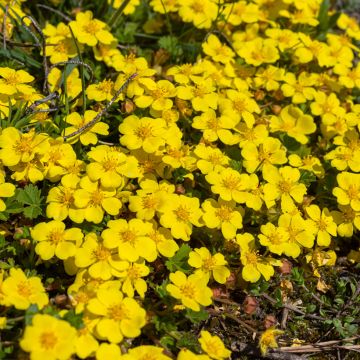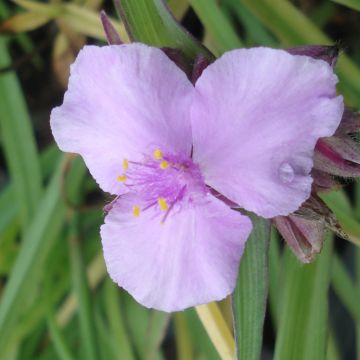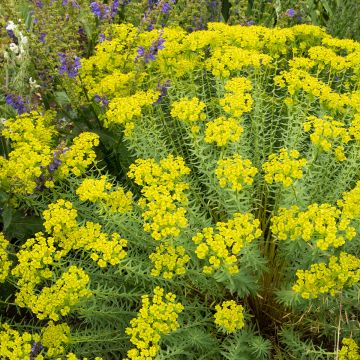

Potentilla nepalensis Miss Willmott - Cinquefoil
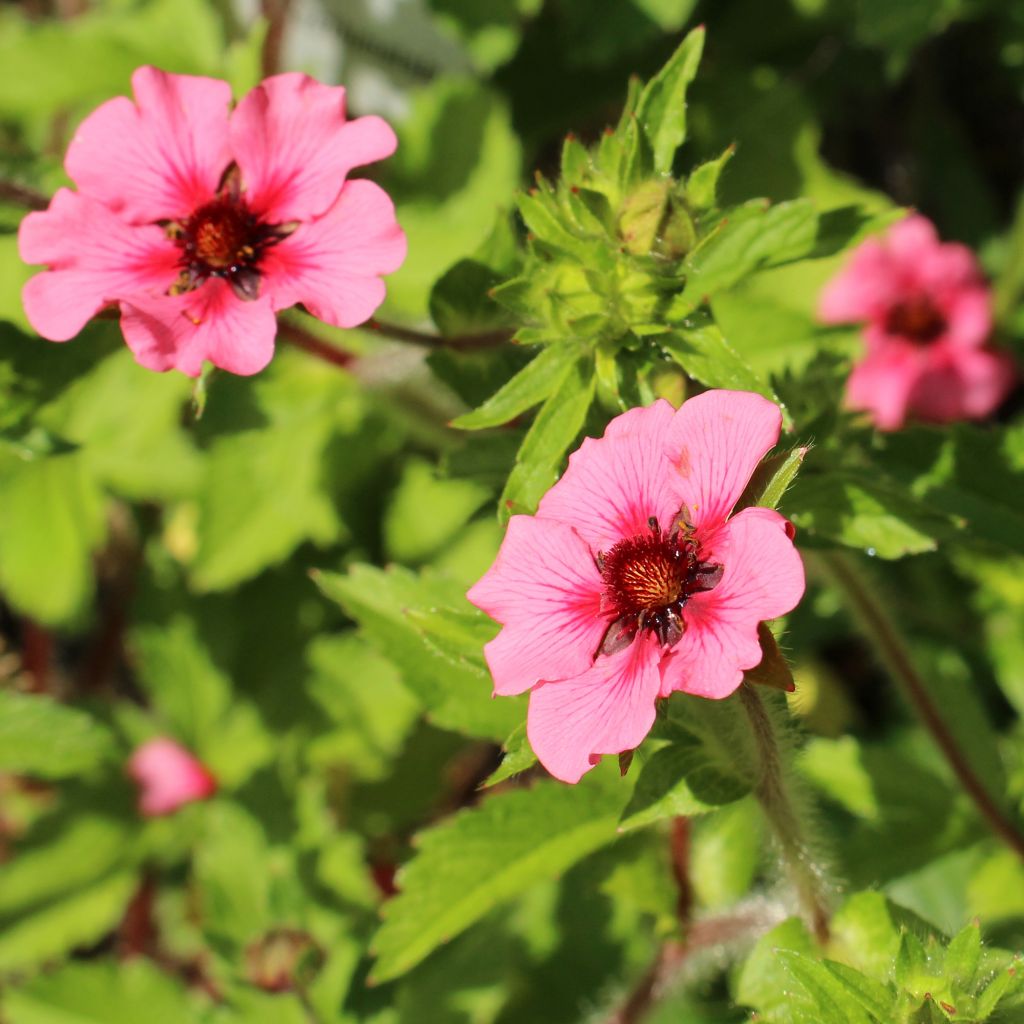

Potentilla nepalensis Miss Willmott - Cinquefoil


Potentilla nepalensis Miss Willmott - Cinquefoil


Potentilla nepalensis Miss Willmott - Cinquefoil


Potentilla nepalensis Miss Willmott - Cinquefoil


Potentilla nepalensis Miss Willmott - Cinquefoil
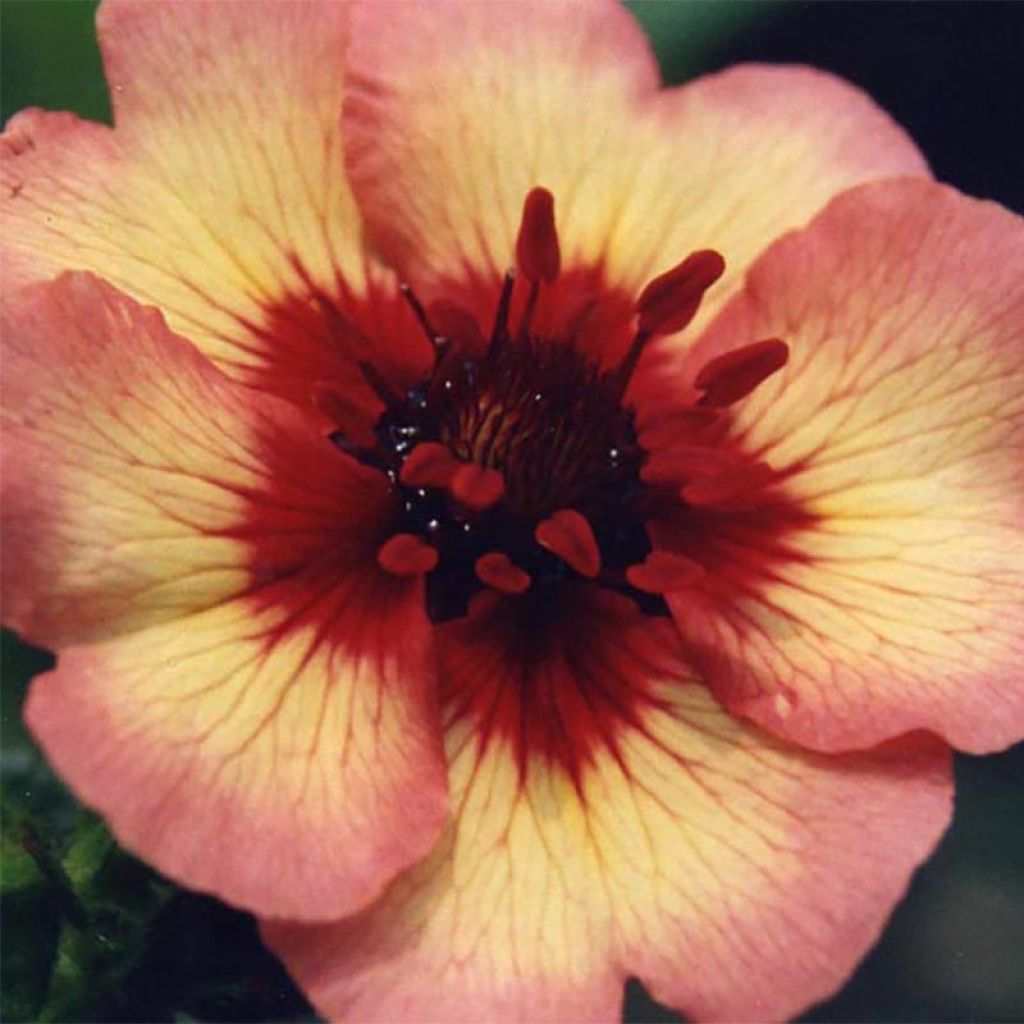

Potentilla nepalensis Miss Willmott - Cinquefoil
Potentilla nepalensis Miss Willmott - Cinquefoil
Potentilla nepalensis Miss Willmot
Cinquefoil 'Miss Willmott'
This item cannot be shipped to the selected country
Delivery charge from €5.90
More information
Schedule delivery date,
and select date in basket
This plant carries a 12 months recovery warranty
More information
We guarantee the quality of our plants for a full growing cycle, and will replace at our expense any plant that fails to recover under normal climatic and planting conditions.
From €5.90 for pickup delivery and €6.90 for home delivery
Express home delivery from €8.90.
Does this plant fit my garden?
Set up your Plantfit profile →
Description
Potentilla nepalensis 'Miss Willmott', also known as Nepalese perennial cinquefoil, is a hardy Himalayan perennial plant. Throughout summer, it produces clouds of cherry pink flowers, marked with cream, with a deep red heart. These fresh and lively blooms are carried on the slender and ramified stems of its spreading branches. Its satin green foliage is soft, reminiscent of strawberry leaves. This plant has great ornamental value and is also undemanding. It will fill in bare spaces in poor, dry and unforgiving soils, where few other beautiful plants are capable of surviving.
Potentilla nepalensis 'Miss Willmott' belongs to the Rosaceae family. It is a perennial plant with branching stems that forms a dense and bushy clump, reaching a height of 50cm (20in) and spreading to 60cm (24in). Its foliage is as gentle to the eye as it is to the touch. The lower leaves are divided into five toothed leaflets, the upper leaves into three leaflets, and are covered with silky, vibrant green, satin-like hairs. Flowering occurs in July and August, with possible reblooming in autumn. The flowers appear on branched stems at the tips of the shoots, resembling small bright pink wild roses, measuring 2cm (1in) in diameter. They are washed with cream, around a dark cherry red contrasting heart.
Potentilla nepalensis 'Miss Willmott' is a perfect plant for borders, alongside yarrow and sedum ('Autumn Joy'). It looks beautiful in perennial flower beds in dry soils, combined with shrubby salvias, common sage, grey artemisias, and teucriums. It is also a good perennial for sunny rock gardens, where it can be paired with creeping gypsophila, Saponaria ocymioides, perennial Geranium 'Philippe Vapelle', garden valerian, and Dianthus erinaceus.
Report an error about the product description
Potentilla nepalensis Miss Willmott - Cinquefoil in pictures


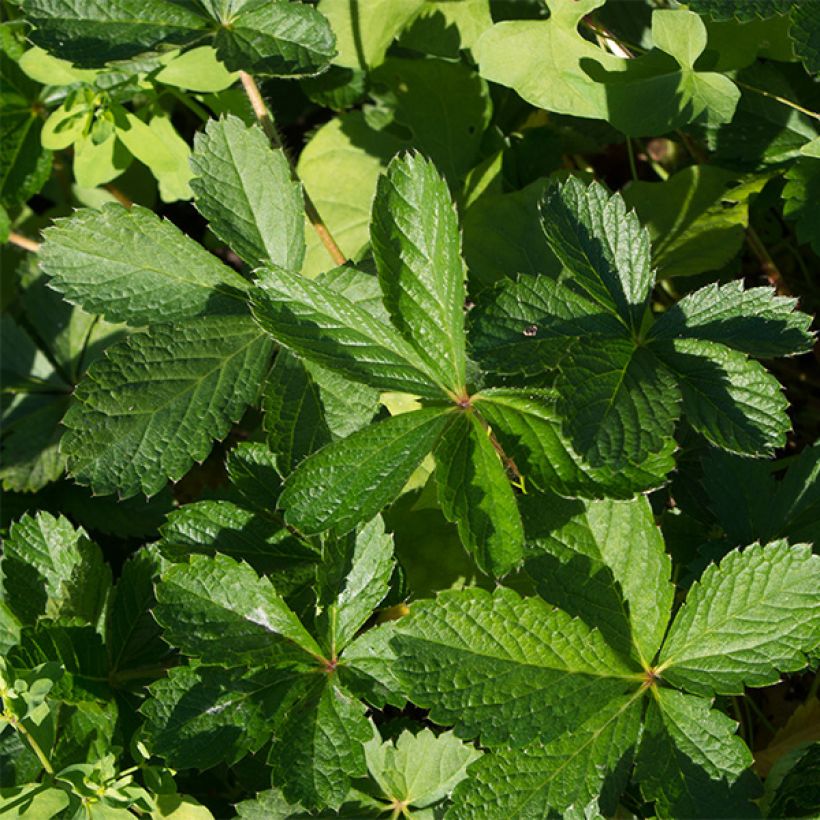

Flowering
Foliage
Plant habit
Botanical data
Potentilla
nepalensis
Miss Willmot
Rosaceae
Cinquefoil 'Miss Willmott'
Cultivar or hybrid
Other Perennial Potentilla
Planting and care
Potentilla nepalensis 'Miss Willmott' is a robust plant, resistant to disease, and easy to cultivate. It can be planted in any ordinary, well-drained soil and adapts well to poor, rocky soils, including limestone. It even withstands occasional flooding. This plant prefers sunny exposures, but excessive sun may cause the colour of its flowers to fade. A south-facing exposure or a shaded location during the hottest hours of the day would be suitable. Trim faded flowers at the end of August to renew the foliage and encourage a second blooming.
Planting period
Intended location
Care
-
, onOrder confirmed
Reply from on Promesse de fleurs
Summer flowering perennials
Haven't found what you were looking for?
Hardiness is the lowest winter temperature a plant can endure without suffering serious damage or even dying. However, hardiness is affected by location (a sheltered area, such as a patio), protection (winter cover) and soil type (hardiness is improved by well-drained soil).

Photo Sharing Terms & Conditions
In order to encourage gardeners to interact and share their experiences, Promesse de fleurs offers various media enabling content to be uploaded onto its Site - in particular via the ‘Photo sharing’ module.
The User agrees to refrain from:
- Posting any content that is illegal, prejudicial, insulting, racist, inciteful to hatred, revisionist, contrary to public decency, that infringes on privacy or on the privacy rights of third parties, in particular the publicity rights of persons and goods, intellectual property rights, or the right to privacy.
- Submitting content on behalf of a third party;
- Impersonate the identity of a third party and/or publish any personal information about a third party;
In general, the User undertakes to refrain from any unethical behaviour.
All Content (in particular text, comments, files, images, photos, videos, creative works, etc.), which may be subject to property or intellectual property rights, image or other private rights, shall remain the property of the User, subject to the limited rights granted by the terms of the licence granted by Promesse de fleurs as stated below. Users are at liberty to publish or not to publish such Content on the Site, notably via the ‘Photo Sharing’ facility, and accept that this Content shall be made public and freely accessible, notably on the Internet.
Users further acknowledge, undertake to have ,and guarantee that they hold all necessary rights and permissions to publish such material on the Site, in particular with regard to the legislation in force pertaining to any privacy, property, intellectual property, image, or contractual rights, or rights of any other nature. By publishing such Content on the Site, Users acknowledge accepting full liability as publishers of the Content within the meaning of the law, and grant Promesse de fleurs, free of charge, an inclusive, worldwide licence for the said Content for the entire duration of its publication, including all reproduction, representation, up/downloading, displaying, performing, transmission, and storage rights.
Users also grant permission for their name to be linked to the Content and accept that this link may not always be made available.
By engaging in posting material, Users consent to their Content becoming automatically accessible on the Internet, in particular on other sites and/or blogs and/or web pages of the Promesse de fleurs site, including in particular social pages and the Promesse de fleurs catalogue.
Users may secure the removal of entrusted content free of charge by issuing a simple request via our contact form.
The flowering period indicated on our website applies to countries and regions located in USDA zone 8 (France, the United Kingdom, Ireland, the Netherlands, etc.)
It will vary according to where you live:
- In zones 9 to 10 (Italy, Spain, Greece, etc.), flowering will occur about 2 to 4 weeks earlier.
- In zones 6 to 7 (Germany, Poland, Slovenia, and lower mountainous regions), flowering will be delayed by 2 to 3 weeks.
- In zone 5 (Central Europe, Scandinavia), blooming will be delayed by 3 to 5 weeks.
In temperate climates, pruning of spring-flowering shrubs (forsythia, spireas, etc.) should be done just after flowering.
Pruning of summer-flowering shrubs (Indian Lilac, Perovskia, etc.) can be done in winter or spring.
In cold regions as well as with frost-sensitive plants, avoid pruning too early when severe frosts may still occur.
The planting period indicated on our website applies to countries and regions located in USDA zone 8 (France, United Kingdom, Ireland, Netherlands).
It will vary according to where you live:
- In Mediterranean zones (Marseille, Madrid, Milan, etc.), autumn and winter are the best planting periods.
- In continental zones (Strasbourg, Munich, Vienna, etc.), delay planting by 2 to 3 weeks in spring and bring it forward by 2 to 4 weeks in autumn.
- In mountainous regions (the Alps, Pyrenees, Carpathians, etc.), it is best to plant in late spring (May-June) or late summer (August-September).
The harvesting period indicated on our website applies to countries and regions in USDA zone 8 (France, England, Ireland, the Netherlands).
In colder areas (Scandinavia, Poland, Austria...) fruit and vegetable harvests are likely to be delayed by 3-4 weeks.
In warmer areas (Italy, Spain, Greece, etc.), harvesting will probably take place earlier, depending on weather conditions.
The sowing periods indicated on our website apply to countries and regions within USDA Zone 8 (France, UK, Ireland, Netherlands).
In colder areas (Scandinavia, Poland, Austria...), delay any outdoor sowing by 3-4 weeks, or sow under glass.
In warmer climes (Italy, Spain, Greece, etc.), bring outdoor sowing forward by a few weeks.

































